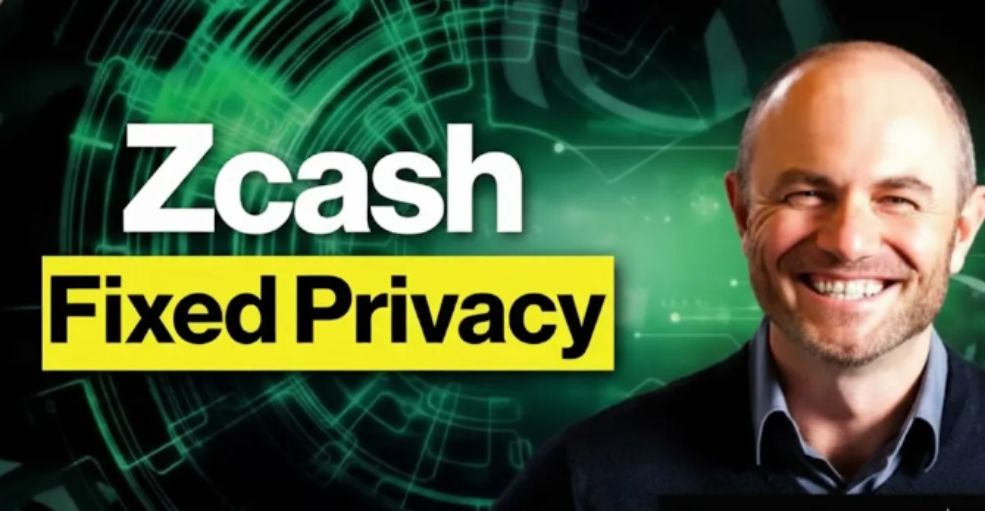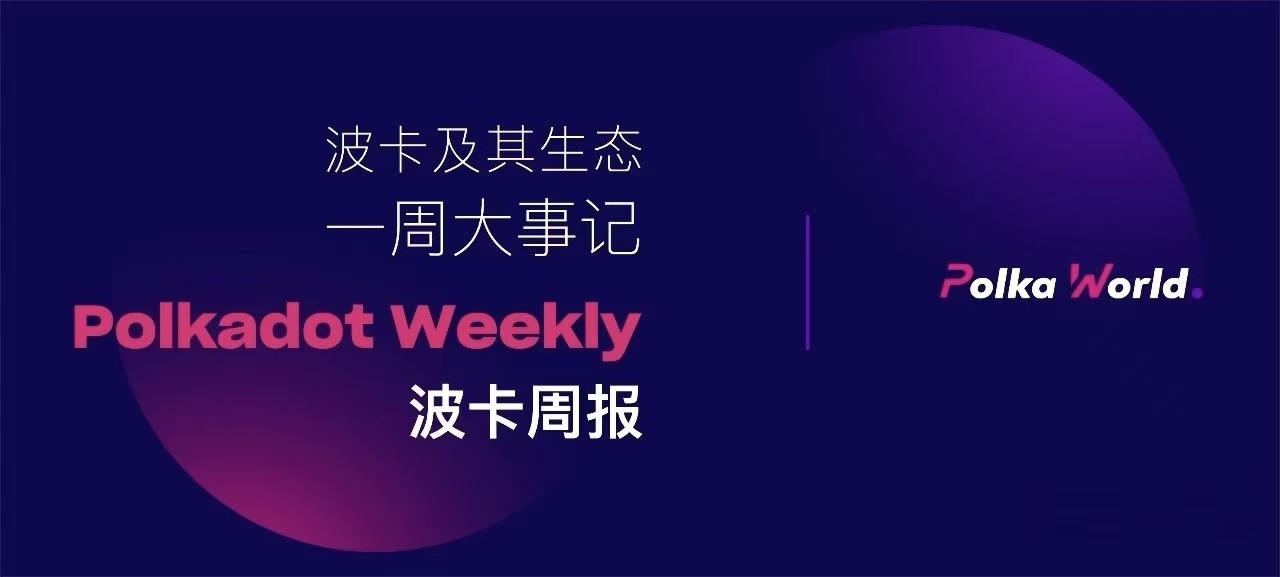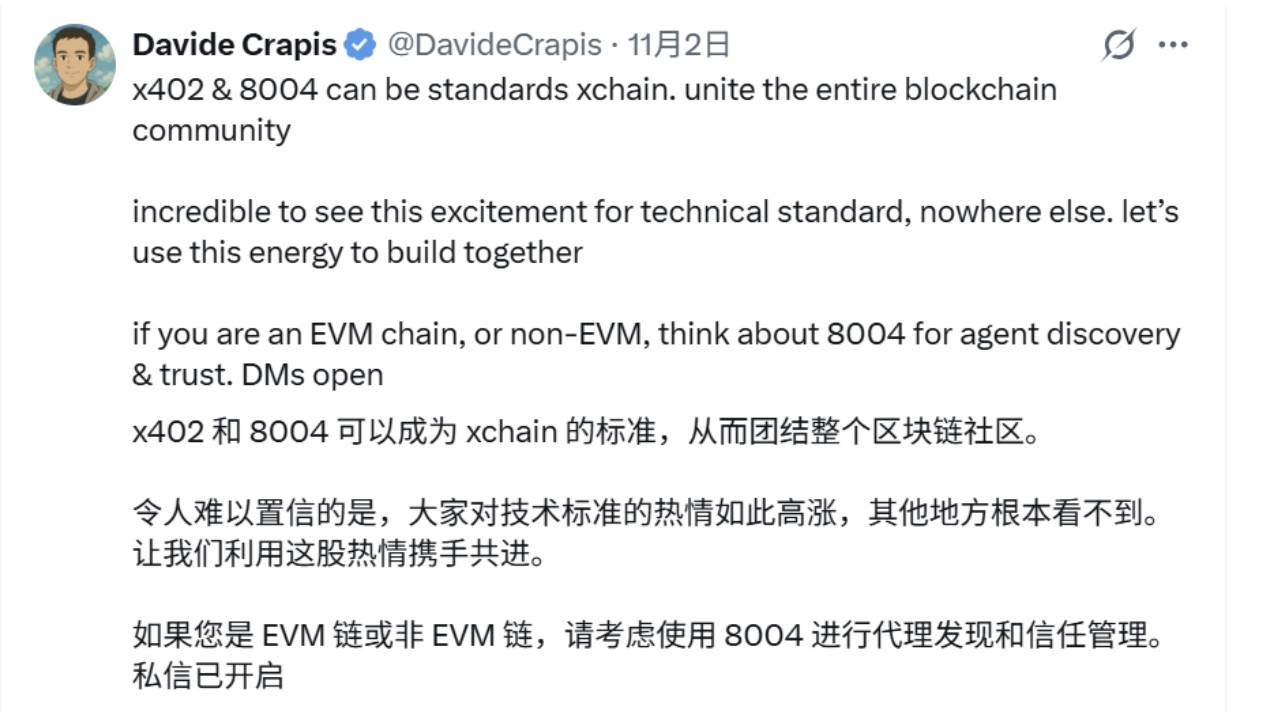The digital asset world is witnessing the “return of the king” in privacy protection. “Bitcoin is insurance against fiat, Zcash is insurance against Bitcoin.” This assertion by renowned Silicon Valley angel investor Naval Ravikant has recently sparked a huge reaction in the cryptocurrency market.
In the past two months, Zcash ($ZEC) has soared from around $40 to a peak of $429, an increase of over 1000%, simultaneously bringing the privacy coin concept back into the market spotlight. Behind this astonishing resurgence lies the result of years of technical accumulation and user experience improvements by the Zcash team.

1. New Privacy Narrative: The Origin and Technical Foundation of Zcash
● Zcash was launched in October 2016, directly forked from the Bitcoin codebase, inheriting many of Bitcoin’s monetary principles: 21 million fixed supply, a predictable halving schedule, and a decentralized proof-of-work mechanism.
But fundamentally different from Bitcoin, Zcash achieves transaction privacy protection through zk-SNARKs (Zero-Knowledge Succinct Non-Interactive Argument of Knowledge) technology.
● Zcash CEO Josh Swihart explained in an interview: “When Satoshi launched Bitcoin, he studied zero-knowledge proofs and especially wanted to add anonymity or higher privacy to Bitcoin, but he couldn’t figure out how to use zero-knowledge cryptography to achieve it.”
Zero-knowledge proof technology allows the verification of transaction correctness without revealing any transaction details (sender, receiver, amount).
2. Three Major Upgrades: From Proof of Concept to Large-Scale Application
Zcash’s privacy technology has undergone three major evolutions, gradually moving from theory to practical use:
● Sprout (2016): As the initial version, it proved that zk-SNARKs-based privacy is feasible on a public blockchain, but required significant computational resources and a trusted setup.
● Sapling (2018): Reduced proof time and memory requirements by over 100 times, making private transactions feasible on everyday devices.
● Orchard (2022): The latest upgrade, achieving trustless privacy with no need for any new trusted setup, while improving efficiency and supporting batch transactions.
For Zcash’s development history, the industry generally summarizes: Sprout proved the possibility of private funds, Sapling made it usable, and Orchard made it trustless and scalable.
3. Market Catalysts: Why Is Zcash Exploding Now?
Zcash’s recent surge is no coincidence, but the result of multiple factors working together.
● The launch of the Zashi wallet: The official Zcash wallet developed by ECC has greatly improved user experience. Swihart said: “After Zashi was launched, you could see the total number of shielded transactions and the amount of ZEC in the shielded pool growing exponentially.”
Data shows that the Zashi wallet has achieved 12,100 unique iOS installs and 4,830 Android installs, with extremely high user ratings.
● Interoperability breakthrough: Zcash has solved the long-standing interoperability issue for users through integration with NEAR Intents. Swihart revealed: “Within 8 weeks, we drove about $100 million in capital flows through intents, averaging $2.2 million per day.”
● Supply dynamics change: Zcash completed its second halving in November 2024, significantly reducing new coin issuance and causing a supply-demand squeeze.
● Awakening of privacy awareness: Against the backdrop of governments worldwide strengthening financial surveillance, Zcash offers privacy-conscious users “an encrypted, unmonitorable form of currency.”
4. Zcash vs. Monero: A Duel of Two Privacy Philosophies
In the privacy coin sector, Zcash and Monero (XMR) represent two different technical routes and philosophical approaches.
● Zcash uses zk-SNARKs, and privacy is optional; users can choose transparent transactions or full confidentiality as needed.
● Monero uses ring signatures and stealth addresses, providing default privacy for every transaction, but privacy is probabilistic.
Both approaches have their pros and cons: Zcash’s optional privacy is more suitable for compliance needs, while Monero’s default privacy offers stronger anonymity guarantees but lacks selective disclosure functionality.
5. Ecosystem: Developer Activity and Cross-Chain Interoperability
● The Zcash ecosystem has recently shown explosive growth. Swihart introduced: “There are now multiple core development organizations in the Zcash ecosystem. It wasn’t like this before, but now there’s the Zcash Foundation, Shielded Labs, and Zuko’s team.”
● In terms of interoperability, Zcash is connecting with multiple blockchains: “Someone is developing an Avalanche bridge, which I expect to go live soon. There’s a wrapped token on Solana.”
● The importance of such cross-chain collaboration lies in the fact that once interoperability is achieved, it “unlocks all sorts of paralyzed things,” enabling the Zcash ecosystem to achieve exponential growth.
6. Regulatory Challenges: Walking the Tightrope Between Compliance and Innovation
● Privacy coins have always faced severe regulatory challenges. Swihart admitted: “It’s really hard. We write code, publish code, and in the US, this is protected free speech.”
● To address regulatory concerns, the Zcash team actively communicates with regulators: “I spend a lot of time traveling back and forth to Washington, Tokyo, Singapore, meeting with regulators.”
It is worth noting that Zcash’s optional privacy mode actually leaves room for compliance. Users can share view keys with accountants or regulators for auditing or compliance checks. This feature allows Zcash to maintain privacy protection while adhering to regulations.
7. Future Outlook: From Technical Upgrades to the Ultimate Vision
Zcash’s future development roadmap is clear and ambitious.
● Crosslink upgrade: Will introduce a hybrid proof-of-stake layer on top of proof-of-work, allowing ZEC holders to earn rewards through staking, increasing network throughput and security.
● Tachyon project: Aims to greatly improve the scalability of Zcash’s shielded protocol, eliminating performance bottlenecks through technologies such as proof-carrying data, to achieve “planetary-scale private payments.”
● Swihart looks to the future: “In my view, it’s a better Bitcoin. And Bitcoin has already been captured by fintech. That will be the battlefield: you either choose a fintech coin or a freedom coin. The goal is to be that option for everyone in the world.”
The resurgence of Zcash is not merely capital speculation, but a natural result of its technological maturity meeting market demand. $100 million in capital inflow within 8 weeks is not the end, but a beginning.
When digital surveillance is everywhere and financial privacy shifts from a choice to a necessity, Zcash’s shielded address is like the “Swiss bank” of the digital age—except it’s not in the Alps, but in everyone’s pocket.



